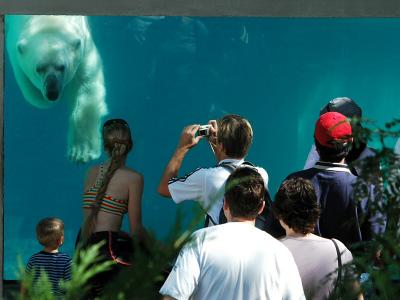Kerry Pierce wrote:
rhlpetrus wrote:
Kerry Pierce wrote:
Well, I guess that 32mp would certainly be the cat's meow, *IF* high ISO and low ISO noise performance was better than the d7k/d7100, preferably significantly better.
ISO can't be much better than what we see in the latest sensors, the limits are being reached already.
They managed to tweak about another stop out of the d3 sensor, to make the d3s. IMO, they could have done something similar with the d7k sensor, if they really wanted to.
At full res I bet it'll look worse, reduced maybe about same. DR/Color performance more relevant than noise IMO, as ISO moves up colors tend to shift badly. People worry about perception of noise, but that's not the main point IMO.
Depends on what you're shooting. For sports, I don't worry about color fidelity. Try shooting a hockey game that is lighted with those goofy lights that change colors with the fluctuation of the AC power. Florescent lights are bad,
see this link, but there are others, such as Mercury Vapor lights, which are far worse.
How about having red, white and blue tints in the same photo, like this one in Mercury Vapor lighting? It's very common in the indoor arenas that I see.

I've been doing a lot of editing this week, on a maternity gig that I recently shot with the d3s and d800. On my PC, LR4 often chokes on those big files, making any serious editing a real pain. I can't imagine trying to edit them under pressure of a short time frame.
D800 is a camera for low intensity shooting, like landscapes or studio. Nikon still lacks a compact FF with the same characteristics as the D700 and updated sensor.
Yes. I'd really love to see another pairing like I have with the d300/d700. I like my d800, but it's not a sports/action camera.
Kerry
--
my gallery of so-so photos
http://www.pbase.com/kerrypierce/root


